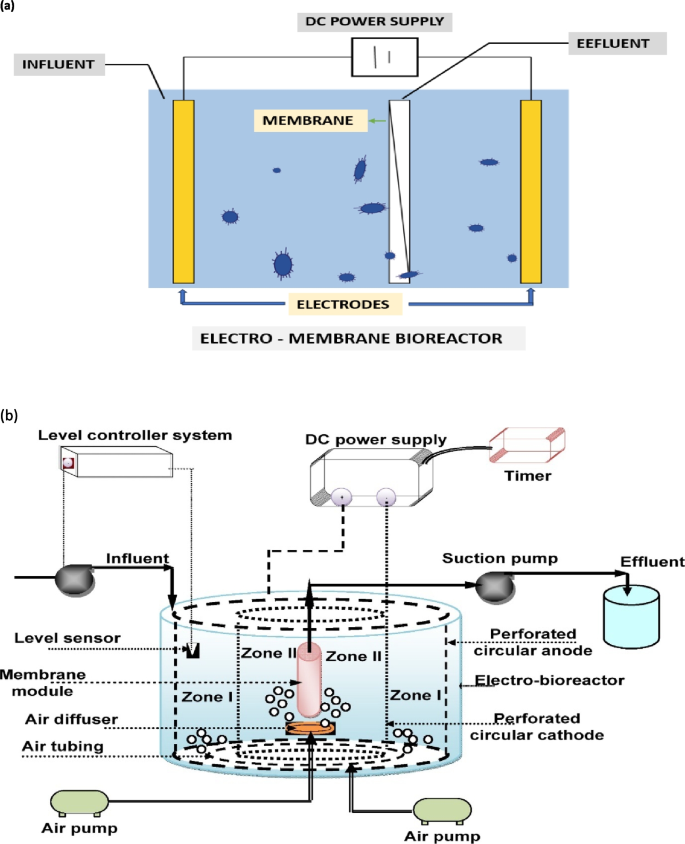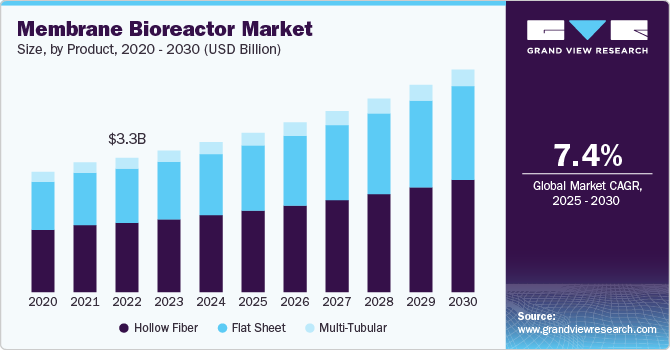Understanding Membrane Bioreactors: The Future of Wastewater Treatment
Membrane bioreactors (MBRs) represent a noteworthy innovation in the field of wastewater treatment, integrating biological procedures with innovative membrane layer purification to boost effluent top quality. As international water deficiency and rigid governing structures end up being progressively pressing issues, MBR technology offers a reliable feedback via its capability to lessen footprint and optimize source recuperation. Nevertheless, the adoption of MBRs is not without its difficulties, which merit careful factor to consider. What are the essential elements affecting their execution and long-lasting viability in numerous contexts? The answers may improve our technique to wastewater management.
What Are Membrane Layer Bioreactors?

The core elements of MBR systems include a bioreactor where microbial activity takes place and a membrane layer system that filters the mixed alcohol. This double performance enables the synchronised deterioration of organic issue and solid-liquid splitting up in a single action. MBRs can run in both submerged and exterior arrangements, with submerged systems being more usual because of their compact layout and operational efficiency.
The fostering of MBR technology has actually gotten traction in numerous applications, ranging from metropolitan wastewater treatment to commercial effluent administration. MBRs are particularly useful in situations where room is strict or minimal effluent high quality criteria need to be met. By preserving a high focus of bacteria within the bioreactor, MBRs boost the deterioration of natural pollutants, consequently yielding higher therapy efficiencies compared to typical techniques.
Key Benefits of MBR Innovation
The combination of biological treatment with membrane filtration in MBR systems provides various advantages that set it apart from traditional wastewater treatment methods. Among the key advantages is the improved effluent high quality. MBRs efficiently eliminate suspended solids and pathogens, attaining greater levels of filtration that fulfill rigid discharge criteria and promote water reuse applications.

Another considerable benefit is the lowered sludge manufacturing. MBR systems generate less excess sludge, resulting in reduced disposal prices and a decline in ecological impact. The closed nature of the membrane system reduces the danger of odor discharges and improves general procedure control.
Finally, MBRs are functional and versatile, making them ideal for numerous wastewater kinds, consisting of industrial and local sources. The capability to integrate with advanced treatment technologies further enhances their effectiveness, making MBRs an encouraging remedy for the future of wastewater monitoring.
Obstacles and Limitations of MBRs
While MBR modern technology uses many advantages, it also encounters numerous difficulties and restrictions that can impact its prevalent fostering. One considerable challenge is the high resources and functional expenses connected with MBR Get More Info systems. The first financial investment for membrane products and the needed facilities can be substantial, making it much less available for smaller industries or districts.
Furthermore, membrane layer fouling stays a vital issue that can reduce system performance and rise maintenance needs. Fouling occurs when solids, raw material, or microbes build up on the membrane layer surface, bring about decreased leaks in the structure and needing constant cleaning or substitute.
Another restriction entails the complexity of the modern technology. MBR systems require proficient personnel for operation and upkeep, which can be a barrier in regions with minimal technical know-how. Furthermore, the disposal of invested membrane layers presents environmental problems, as the materials are typically not eco-friendly and can contribute to squander administration obstacles.
Finally, while MBRs can successfully deal with a vast array of wastewater, they may not appropriate for all applications, especially those with high concentrations of fats, oils, and greases, requiring additional research study and advancement to resolve these constraints.
Applications of Membrane Layer Bioreactors
In numerous fields, membrane layer bioreactors (MBRs) have become a versatile option for wastewater treatment (Membrane Bioreactor). Their applications cover community, industrial, and farming settings, showcasing their adaptability and performance in diverse environments. In community wastewater therapy plants, MBRs substantially boost effluent quality, enabling water reuse and reducing the environmental impact of released wastewater
Industrially, MBRs are utilized in food and beverage processing, fabric production, and pharmaceutical production, where they effectively deal with high-strength waste streams. Their ability to manage varying and fluctuating lots contaminant concentrations makes them specifically beneficial in these fields. Furthermore, MBRs facilitate the elimination of microorganisms, suspended solids, and natural matter, adding to compliance with stringent discharge guidelines.
In agriculture, MBRs are significantly utilized for dealing with agricultural drainage and livestock wastewater, making it possible for the healing of nutrients for fertilizer manufacturing. They also aid in the therapy of greywater for irrigation, advertising sustainable water monitoring practices.
The adaptability of MBRs is further shown by their integration with various other modern technologies, such as anaerobic digestion and progressed oxidation processes, improving total performance and resource recuperation in wastewater treatment systems.
The Future of Wastewater Treatment
Innovations in technology and an expanding focus on sustainability are shaping the future go right here of wastewater treatment. Membrane layer bioreactors (MBRs) exhibit this shift by integrating biological therapy procedures with membrane filtering, causing top quality effluent appropriate for reuse. The fad in the direction of circular economic climates is triggering centers to take on MBRs for their ability to recuperate resources, such as water and nutrients, from wastewater.
Advancements in membrane layer products and configuration are enhancing the effectiveness and durability of MBR systems, minimizing functional prices and power intake. Smart modern technology integration, including real-time monitoring and automated control systems, is further optimizing performance and enabling predictive maintenance, thus minimizing downtime.
Furthermore, regulatory pressures and societal expectations are pushing towns and markets to adopt even more lasting methods. Membrane Bioreactor. The shift towards decentralized wastewater treatment remedies is obtaining grip, permitting localized treatment that lowers transport expenses browse around these guys and energy usage
Verdict
Membrane bioreactors (MBRs) represent a transformative strategy to wastewater therapy, integrating organic procedures with sophisticated membrane modern technology. The advantages of MBRs, including boosted effluent high quality, decreased spatial needs, and reduced sludge production, place them as a practical solution in the middle of growing urbanization and more stringent ecological regulations. Regardless of existing difficulties, the ongoing advancement in membrane products and operational approaches promises to strengthen the effectiveness and fostering of MBRs, ensuring their crucial function in the future of lasting wastewater administration.
Membrane layer bioreactors (MBRs) represent a significant development in the area of wastewater treatment, integrating organic processes with sophisticated membrane layer filtration to boost effluent quality.Membrane bioreactors (MBRs) incorporate biological treatment procedures with membrane filtering to properly treat wastewater.The combination of organic therapy with membrane filtering in MBR systems provides many advantages that establish it apart from conventional wastewater therapy techniques. Membrane bioreactors (MBRs) exhibit this shift by incorporating biological therapy procedures with membrane filtration, resulting in high-grade effluent appropriate for reuse.Membrane layer bioreactors (MBRs) stand for a transformative strategy to wastewater treatment, integrating organic procedures with sophisticated membrane innovation.